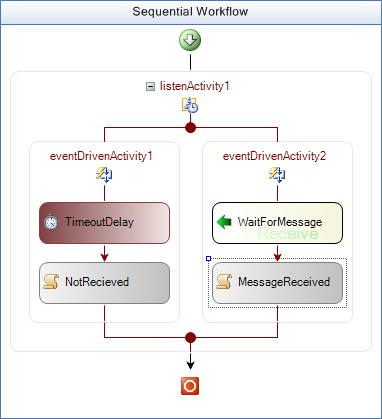Help
Listen Activity
Help menu
- Help content
- AS2
- Examples and Tutorials
- IO Queues and Forms
- Maps
- Schemas
- Send and Receive Ports
- Send and Receive Ports / Transports
- Servers
- Static Configuration
- Tracking
- Workflows
- Workflows / Workflow Activities
- Call Web Service Direct Activity
- Compensatable Sequence Activity
- Compensatable Transaction Scope Activity
- Compensate Activity
- Conditioned Activity Group
- Database Activity
- Delay Activity
- Event Handling Scope Activity
- Event Driven Activity
- Expression Activity
- Fault Handler Activity
- If Else Activity
- Increment Activity
- Invoke Web Service Activity
- Invoke Blue Integrator Workflow Activity
- Invoke Workflow Activity
- Listen Activity
- Map Activity
- Parallel Activity
- Policy Activity
- Send Receive Port Response Activity
- Replicator Activity
- Send Receive Port Response Activity
- Send Port Message Activity
- Sequence Activity
- Suspend Activity
- Synchronization Scope Activity
- Transaction Scope Activity
- While Activity
The Listen Activity is very similar to the Event Handling Scope Activity except it contains multiple parallel instances of Event Driven Activities. Which event is realized first decides which Event Driven Activity sequence is executed. All other Event Driven Activities are then cancelled. Using this mechanism a workflow can effectively listen for one or more events consecutively. Below is an example Listen Activity with equivalent pseudo-code:

WHILE TRUE
IF EVENT timeout
[Message Not Received...]
BREAK
IF EVENT message
[Message Received...]
BREAK
ENDWHILE
The example shows a simple timeout mechanism where if a message is not received within the time delay, execution will continue regardless.
For more information see Workflow Basics – Event Handling.

